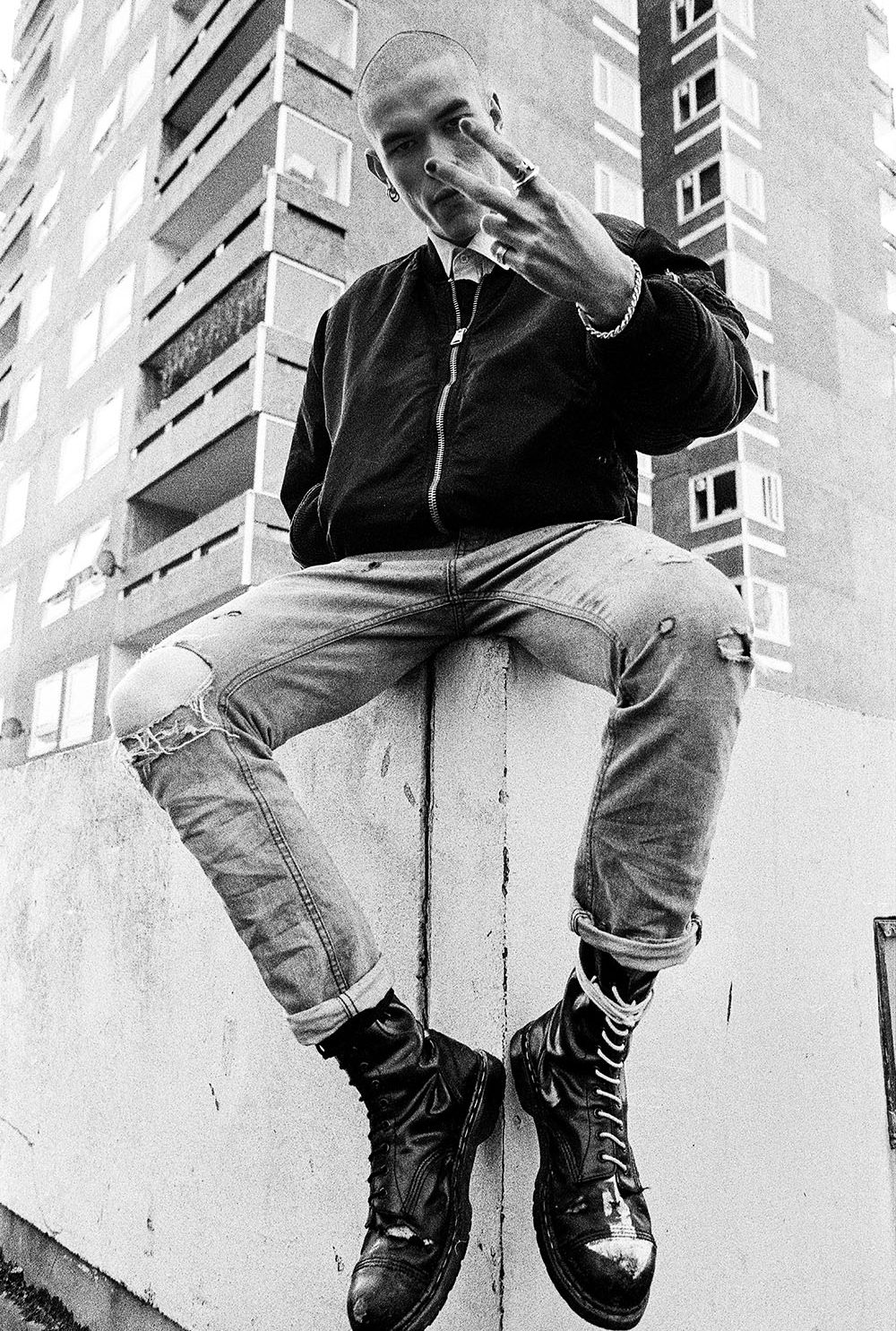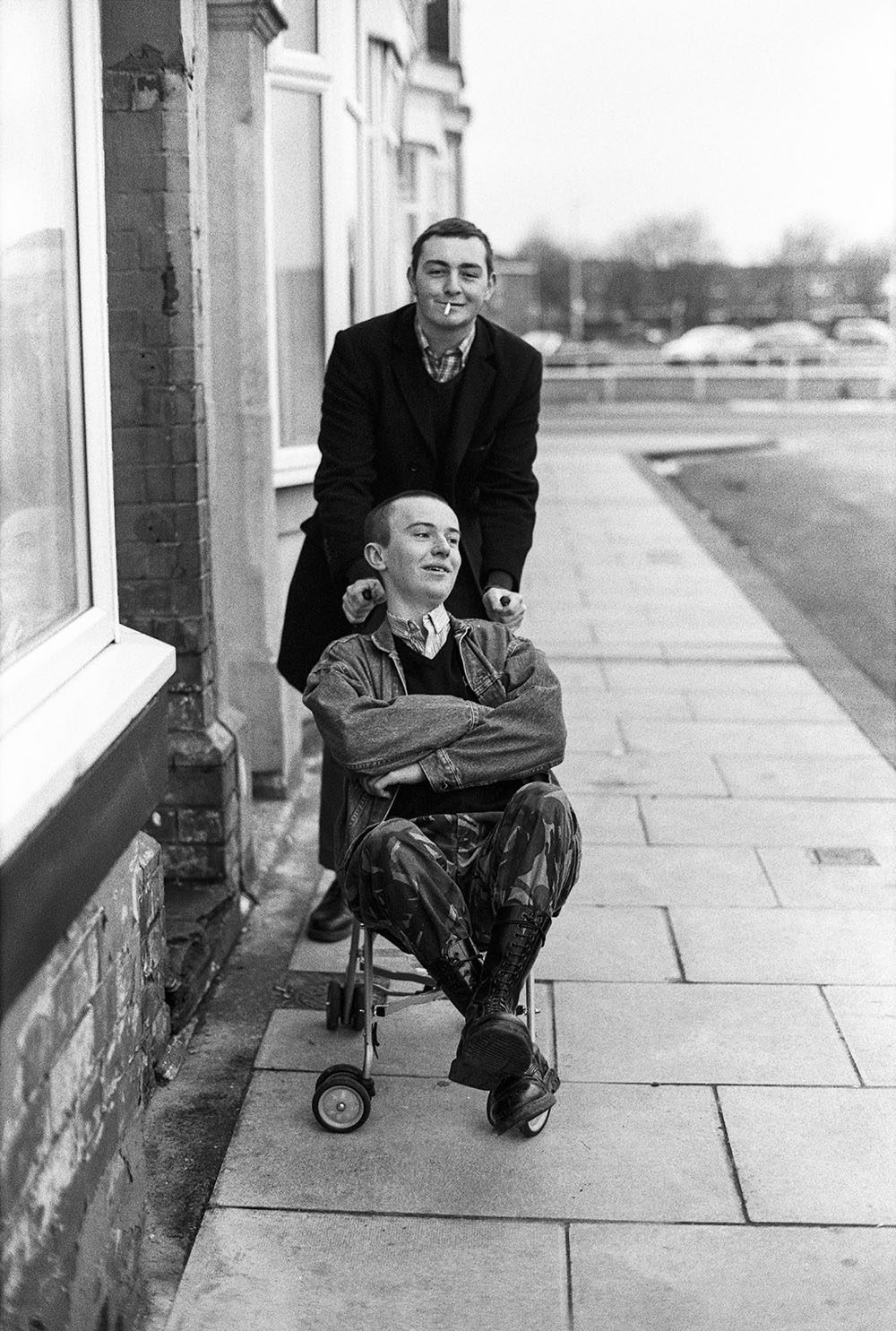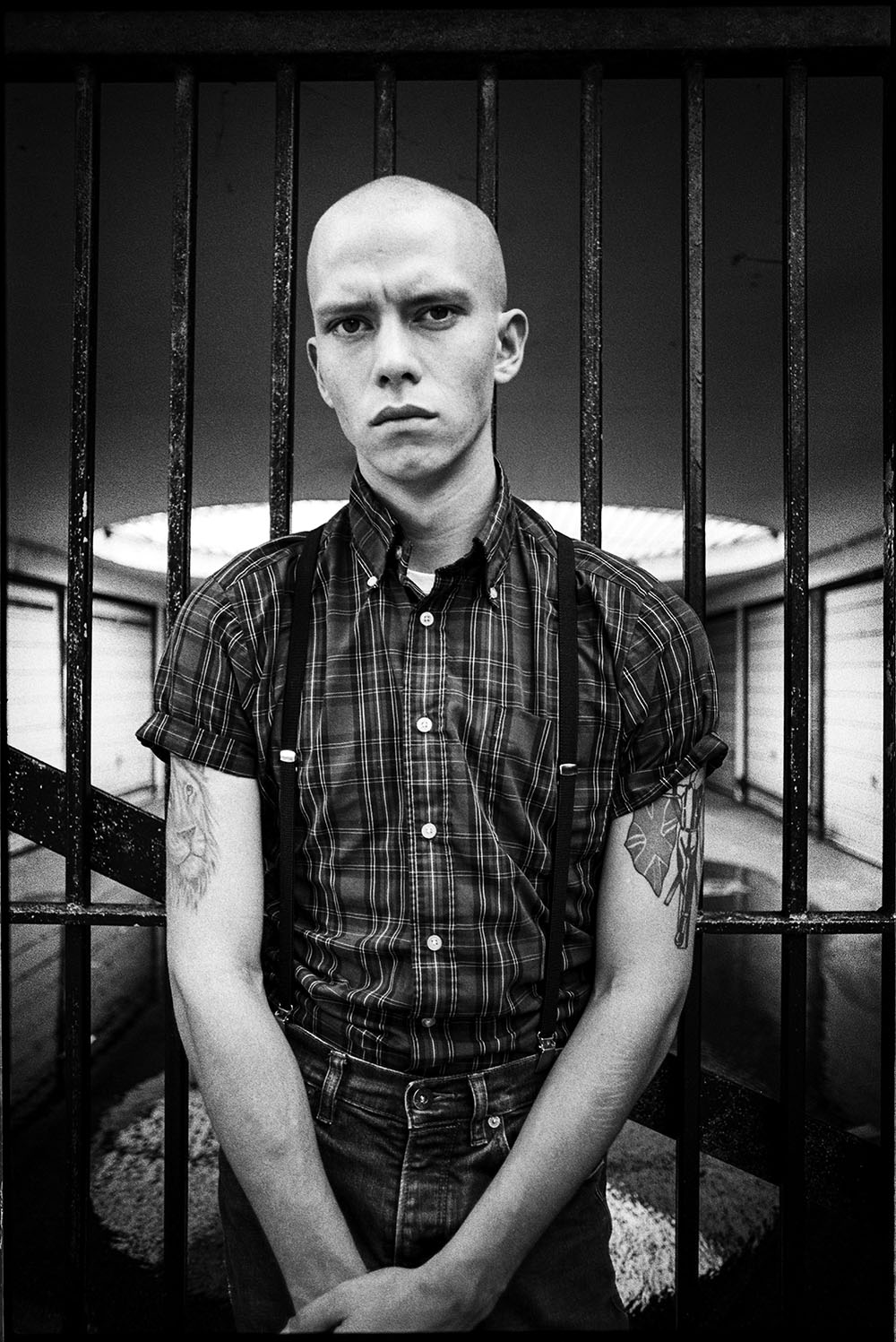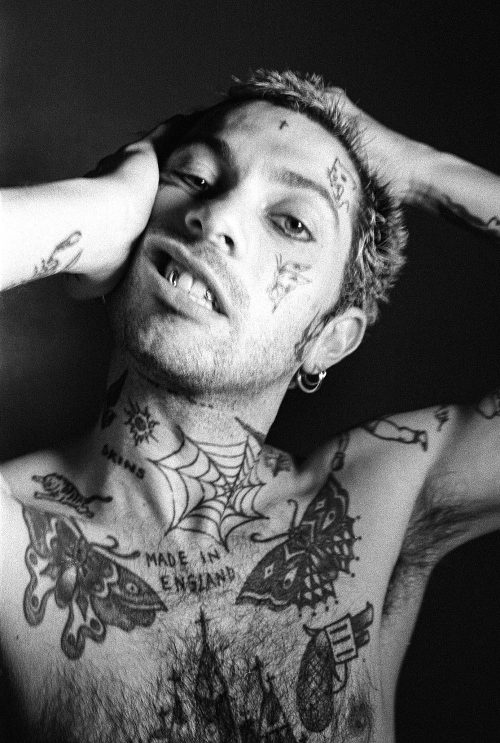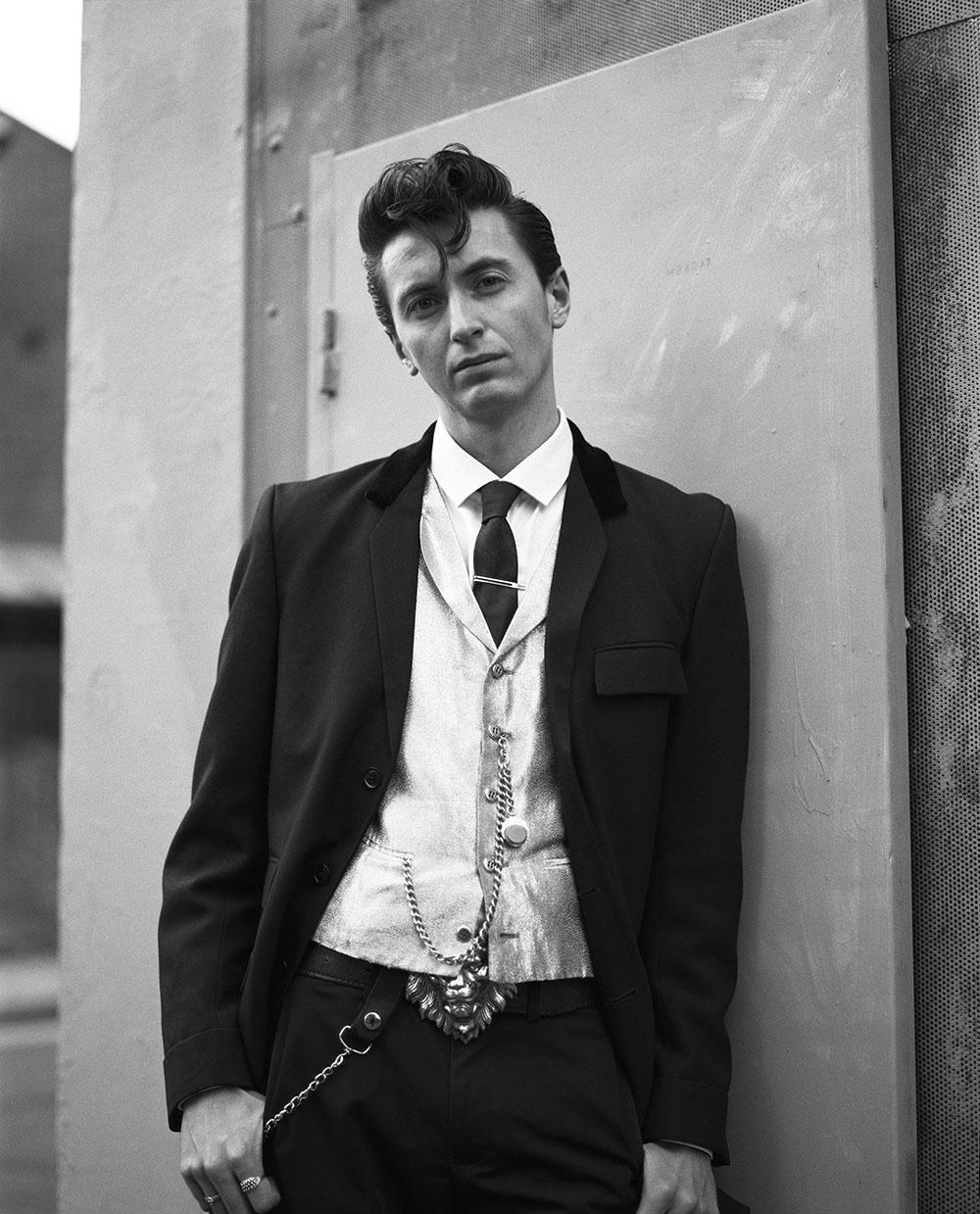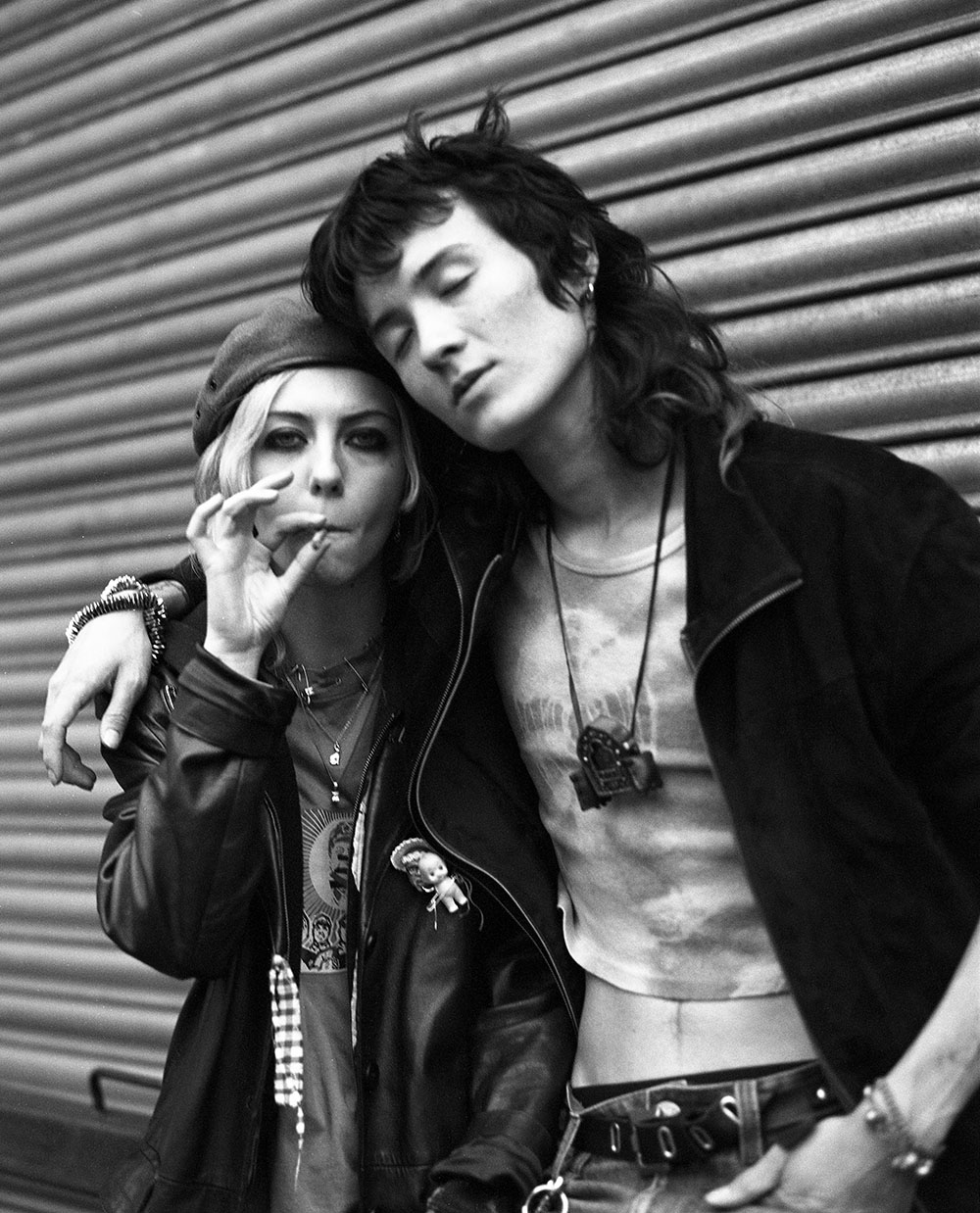David, thanks for giving an interview for the Metalhead magazine! Please describe in few words your style, vision – just how you define yourself.
I would describe my style as a very classic documentary style as its quite simplistic and straight on. I like to make my work feel timeless so it looks like it could either be taken today or a few decades ago.
Can you tell us a bit about how you became a photographer? Did you come from a creative background? Do you remember your first shoot? What age did you start to make your first shoots?
I’ve always had a interest in photography from a young age, I remember when my family would go on holiday, my mum would buy disposable cameras for me to use on our travels and I would just run around photographing random things, nothing artsy or super fantastic, just things that interested me. I always enjoyed the part where we took them to the little photo lab at my local supermarket and then having to wait to get the photos back after being developed and printed.
My sister was also a photographer and she was the person who inspired me to join the photography course at my school. Photography was the first course where I was actually getting good grades for the first time and it was a subject that I became very passionate about so I stuck to it ever since. I started photography when I was 16 years old so I’ve been shooting for around 10 years now, however a lot of that time was spent experimenting, trying different things and figuring out what my style is.
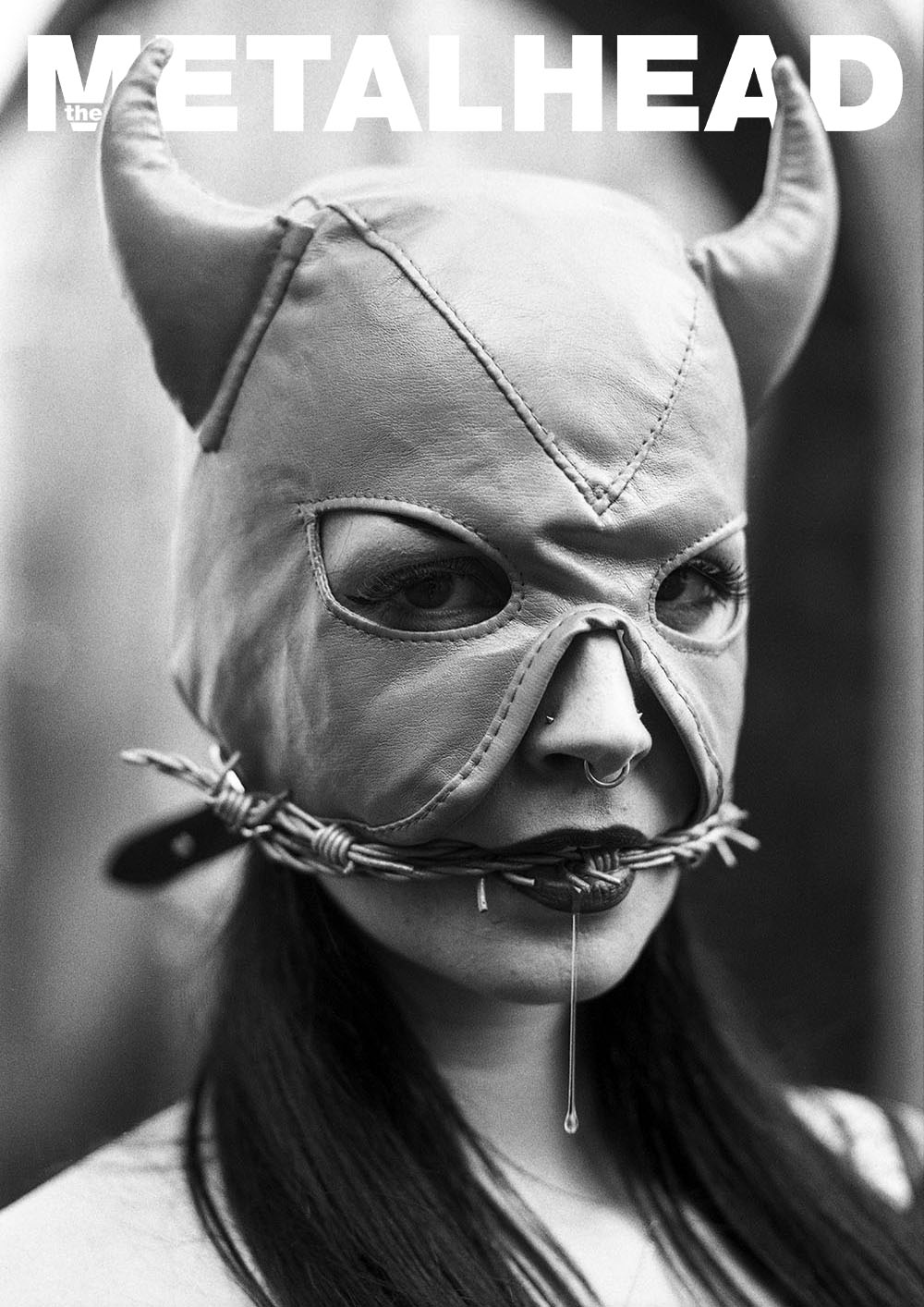
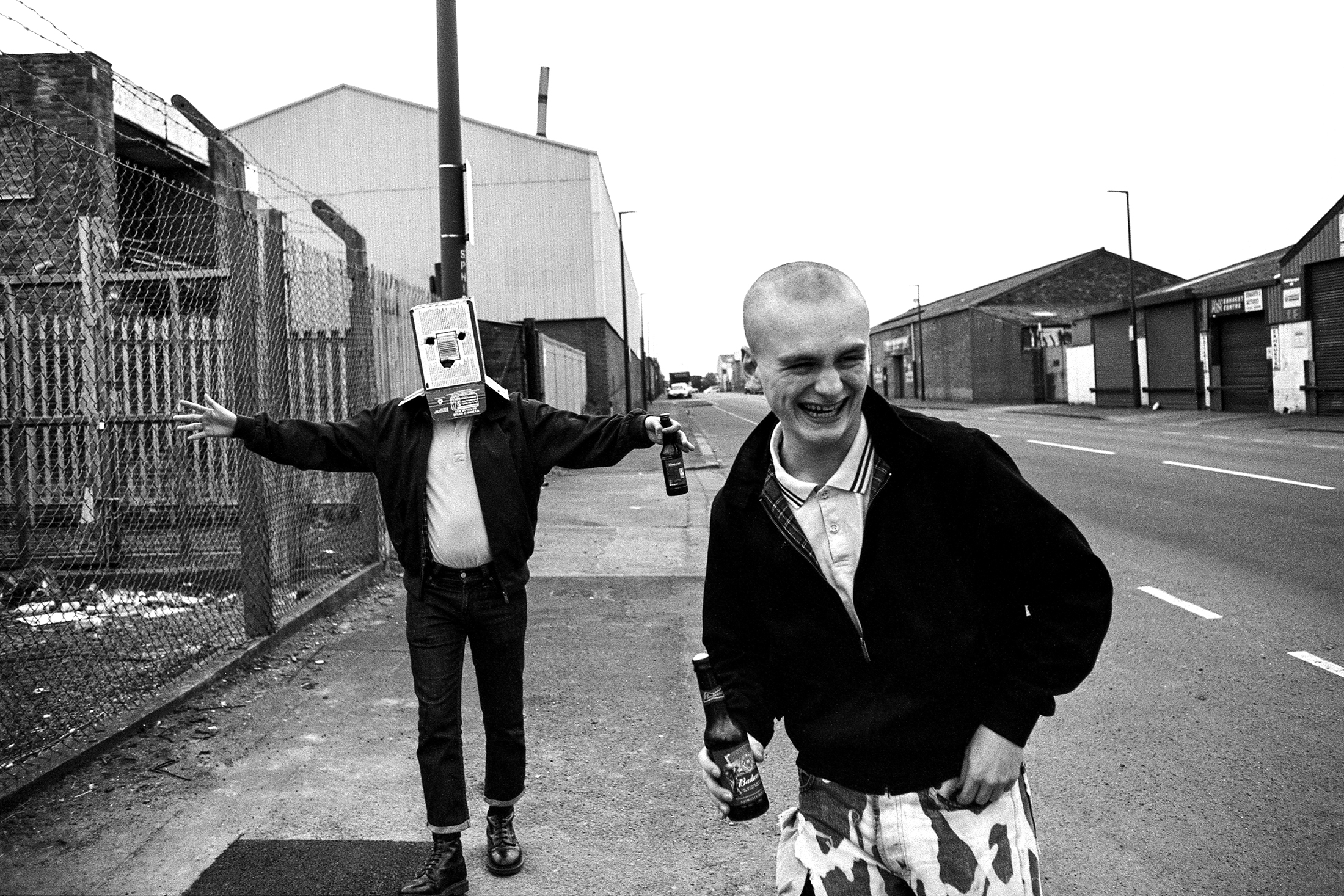
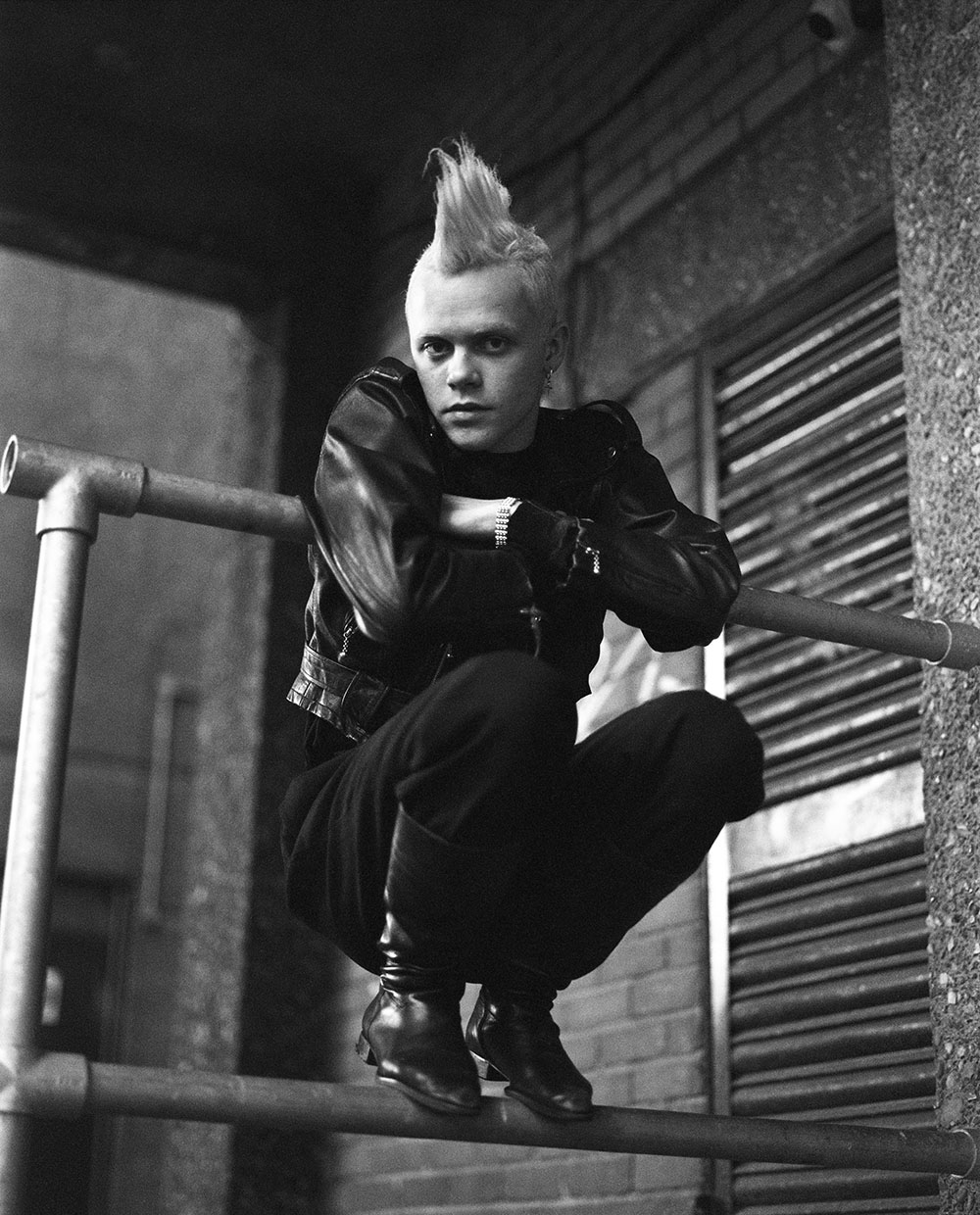
Why did you choose subcultures as main topic of your photography? Do you associate yourself with some subculture?
I’m not really a patriotic person but one thing I really like about Britain is its rich history of Subculture, and how elements of those subcultures like fashion, music and art has spread its influence across the world. There’s a lot of subcultures which people think are dead and gone but actually are still alive but just a lot smaller now, you just have to know where to look to find them which is now easier because of social media.
I’ve always been drawn to people who you don’t see every day and these people who are part of these classic British subcultures are very striking and stand out. I love the strong American influence in the teddy boys, the tough but smart look of skinheads and how classic post punk/new wave Goths blend the masculine and feminine.
I do associate myself with the skinhead subculture; I slowly adopted the look when I started photographing skinheads back in 2018. It’s a look that I feel very comfortable in and gives me a lot of confidence; it’s also a very smart look as well. I also really enjoy the music that’s associated with skinheads like Punk, Ska and Reggae.
What stories does your photography tell?
I think my work tells the story of Britain’s long history of subculture and those who take part in those subcultures now, continuing to keep it alive as well as the new styles/cultures that are emerging today. I think it also tells the story of how the UK, especially London is a place that actively supports and encourages self-expression and creativity.
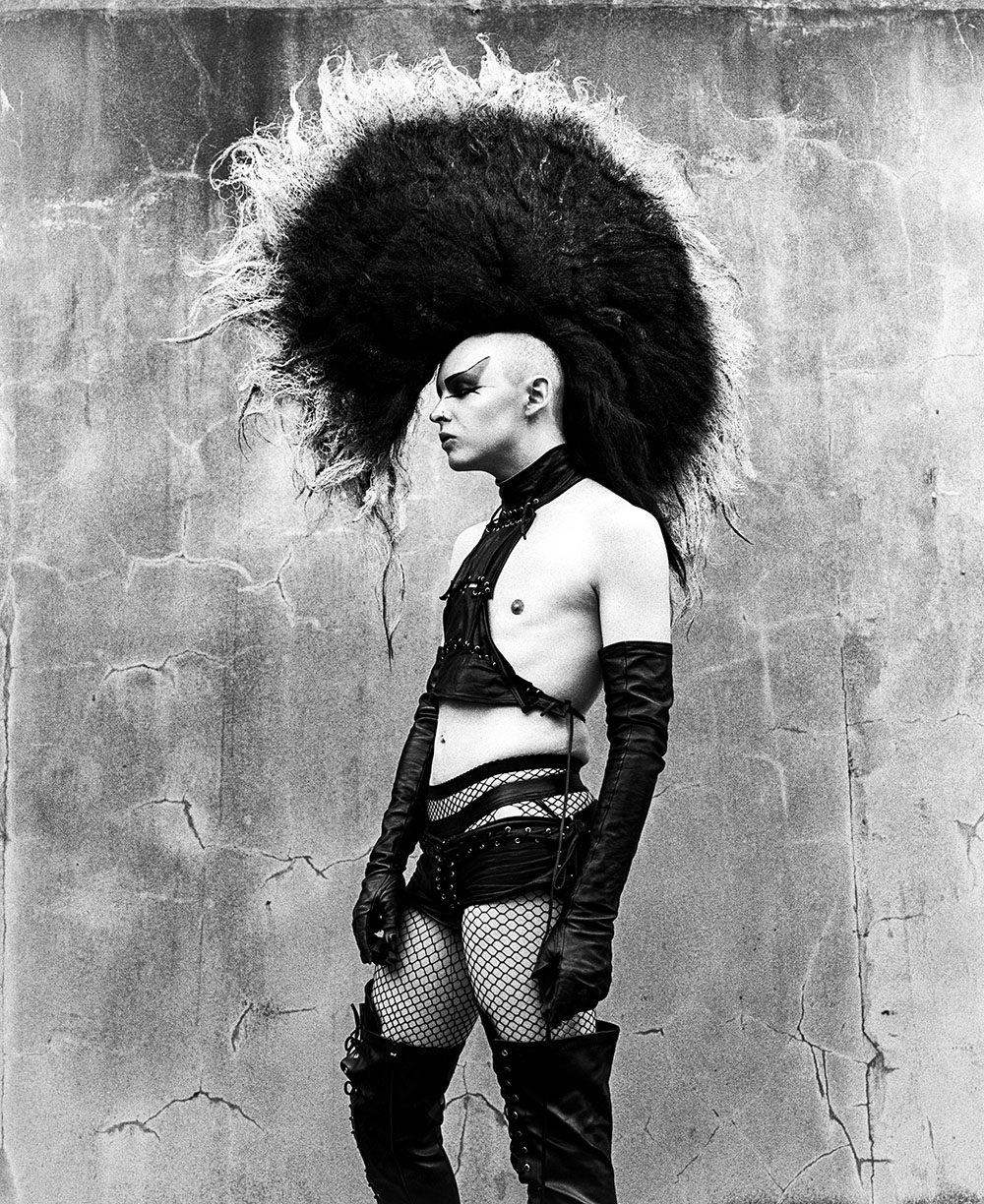
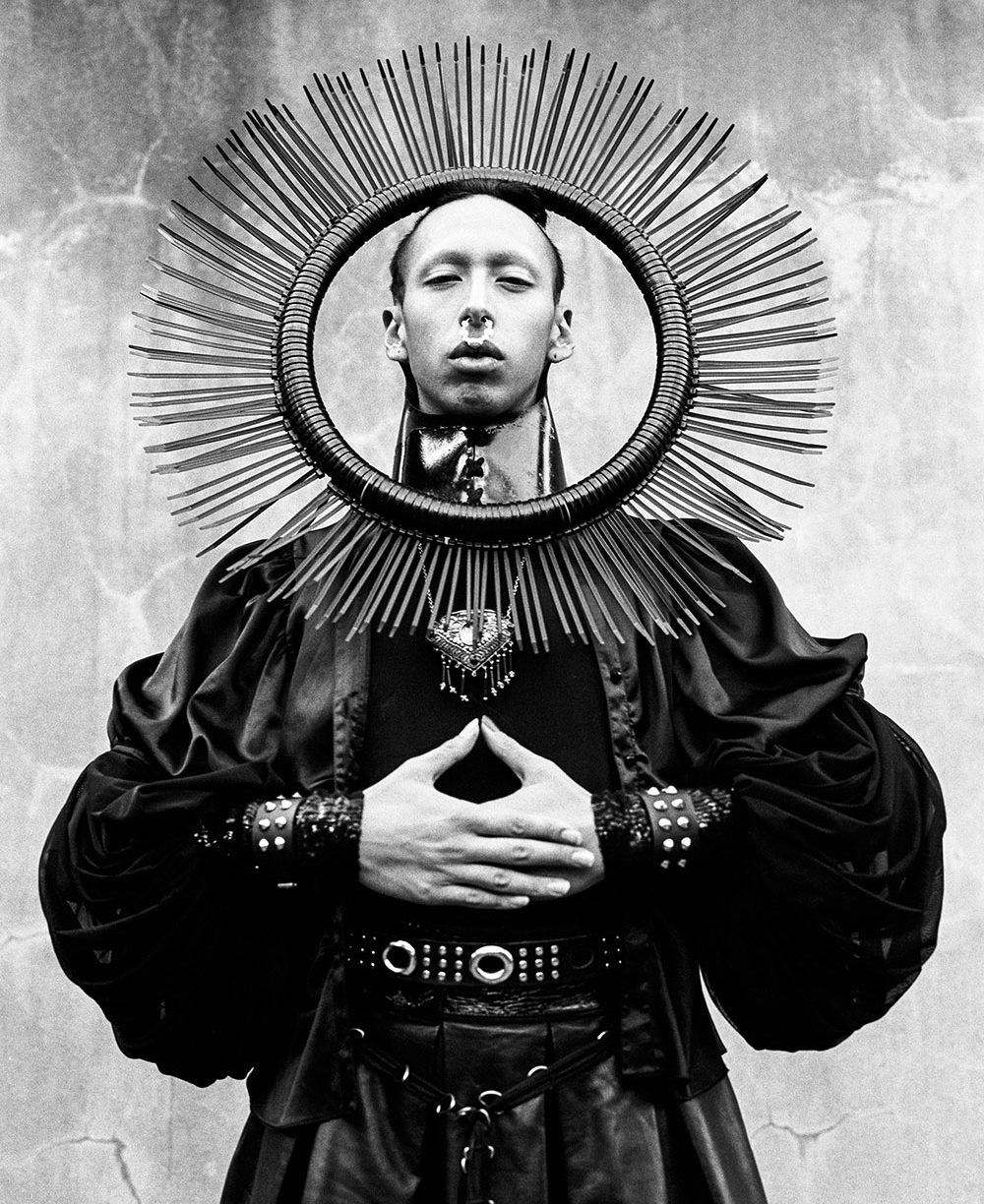
It definitely took me a long time to find my own style, it takes a lot of trial and error and finding out what you work best with, however I think a photographers style is constantly changing as you are always finding new inspiration and experimenting with different techniques and equipment, I’d imagine maybe in a few years time my work could look very different from now.
We know that you’ve created your own photography zine. What kind of experience was it for you? How did you come to this idea?
Yes I managed to create my own zine at the end of 2019, the experience of creating it was really fun and I enjoyed the process of laying out all my favorite portraits that I’ve made over the past few years and looking back at all the interesting people I’ve met. I was also very lucky to have help with the layout from my friend Ellie who runs her own magazine called 5.18mag.
Making a zine is something I’ve always wanted to do, I always enjoyed projects that I received during university where I would have to make a book to showcase end of year projects. I feel like making a book of all my favorite portraits that I’ve taken up to that point is a natural progression from those university projects.
The most rewarding part of making the zine was how surprisingly successful it was, as I was worried I would end up having a box full of zines sitting in my room for ages but they actually ended up selling really fast. It was great to have all these people from different parts of the world buying copies and sending them to places as far as the United States and Russia. I recommend to anyone and everyone to make a book, if you do photography, illustration, painting, printmaking, poetry or graphic design, put it in a book! There’s nothing more rewarding than to see your work encapsulated into something physical that you can pick up and touch, also having people buy it makes you feel supported and lets you know that there is people who love what you create.

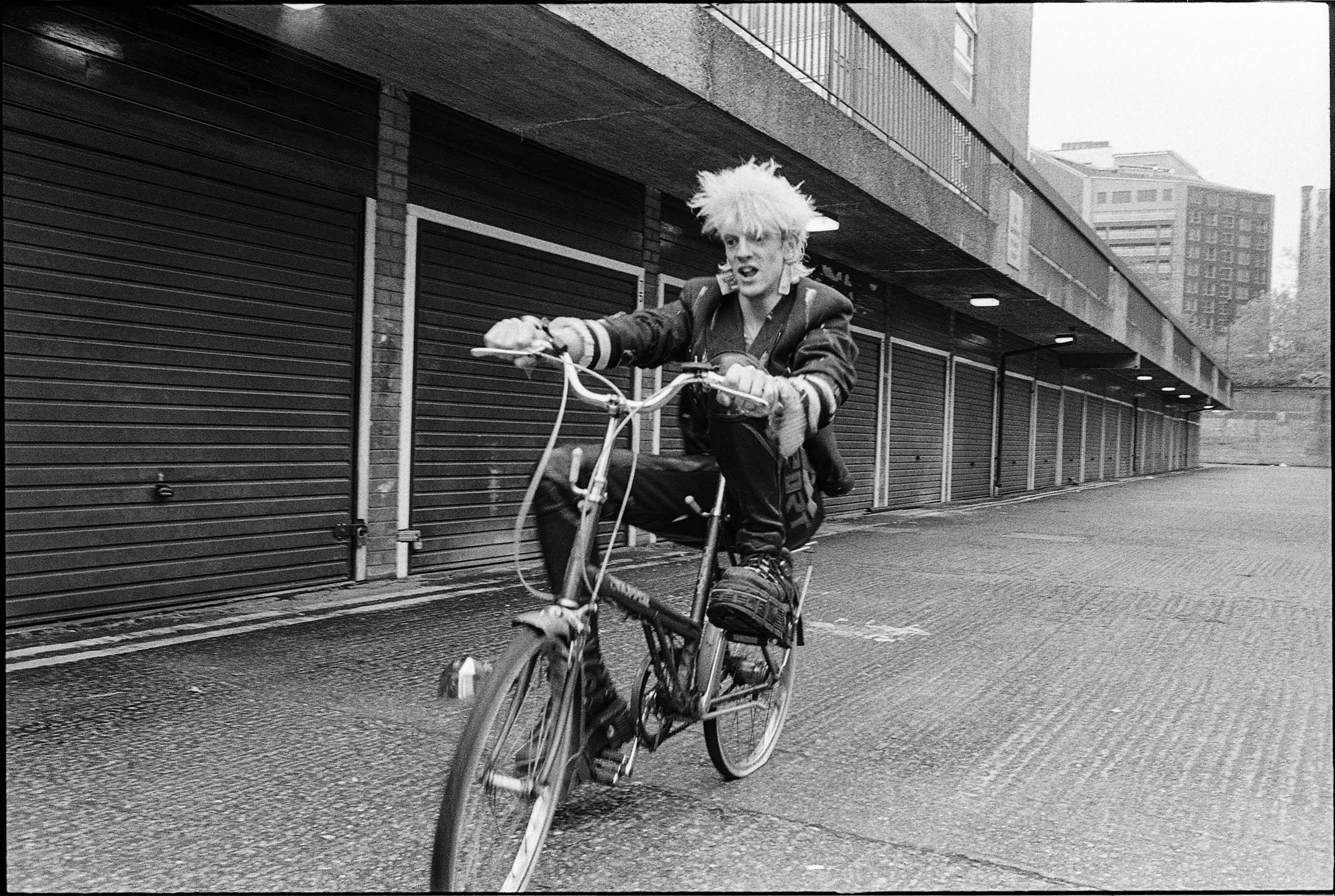
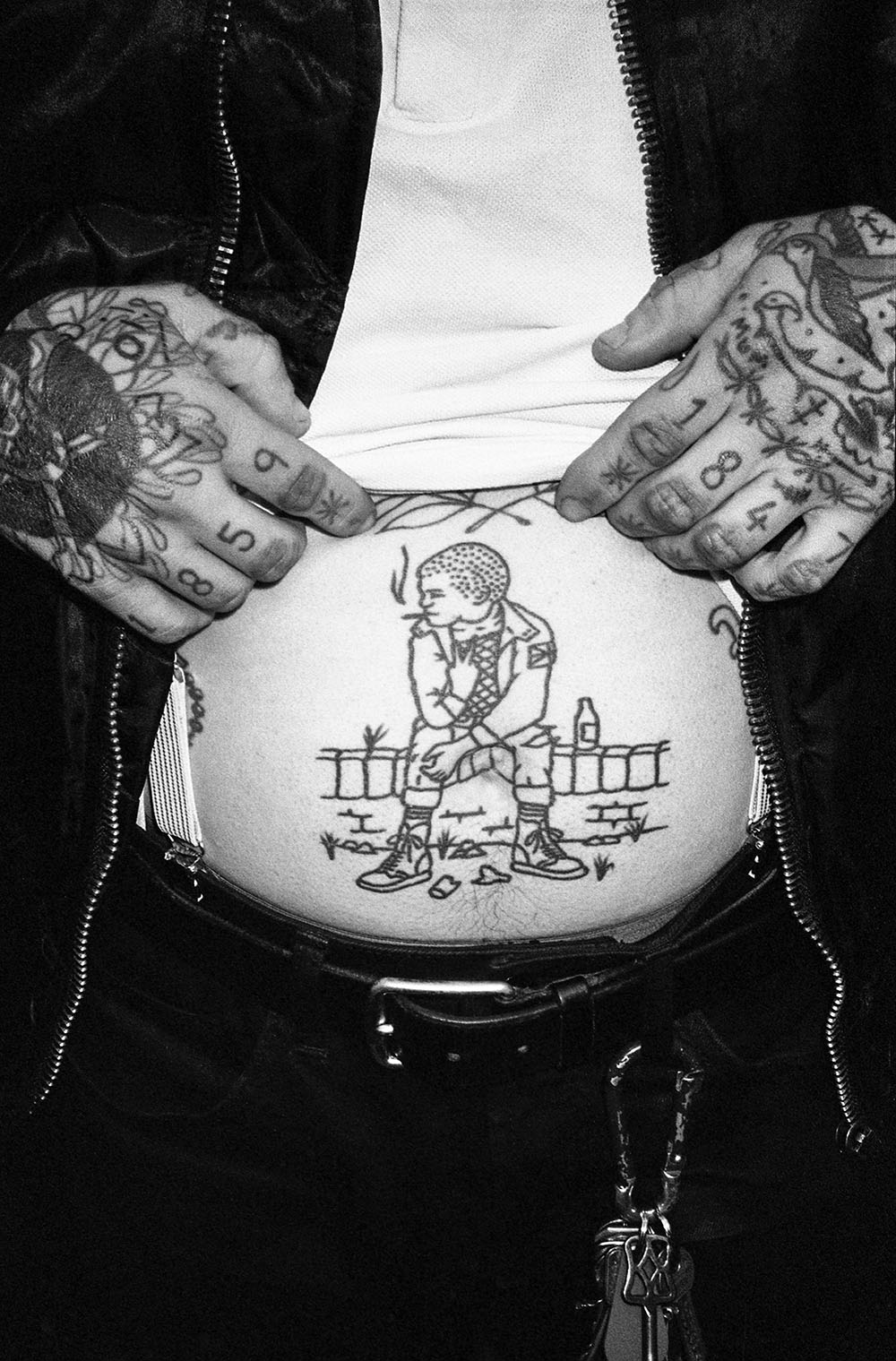
One of my favorite photos that I’ve taken is of this tattoo on a skinhead’s stomach, which is based on a famous photo by Gavin Watson. I went to Leicester back in 2018 to do a shoot with this skinhead guy I met through Instagram, I found him really interesting as he had a large collection of tattoos especially on his face.
Usually after a shoot its quite common for me to hangout with the people I photograph, as I like to get to know them more. After our shoot we went to the pub, and while we were there he told me about the tattoo on his stomach and showed me. I really liked the tattoo so I got a little point and shoot camera out my bag and started taking a few photos of his stomach in the middle of the pub. I’m really happy with how the photo turned out its definitely my favorite tattoo pictures.
I think the craziest thing I’ve done was back in 2015 where my friend and I decided to travel to Chernobyl, Ukraine. I had just finished my first year of university which didn’t go too well, and I had to choose to redo that year, so to cheer myself up I wanted to use the last of my student finance to travel somewhere unique to create some work. Chernobyl was somewhere that I had always wanted to visit as I’m a huge history buff and I wanted to experience that unique feeling of walking through a ghost town.
It was a very surreal experience and was surprisingly a very beautiful and peaceful place in its own way, another thing that surprised me was how many people actually continued to live there after the disaster. One of my fondest memories of that place was when I got a play with a random pack of puppies that we bumped into while walking along some old train tracks. I want to return there one day and try to stay for a long periods of time to do a big project, maybe even in colour.
David, how does London influence your photography?
I think London influences my photography because it’s a very creative place and its filled to the brim with interesting people from all different walks of life, so I never run out of people to photograph and things to inspire me.
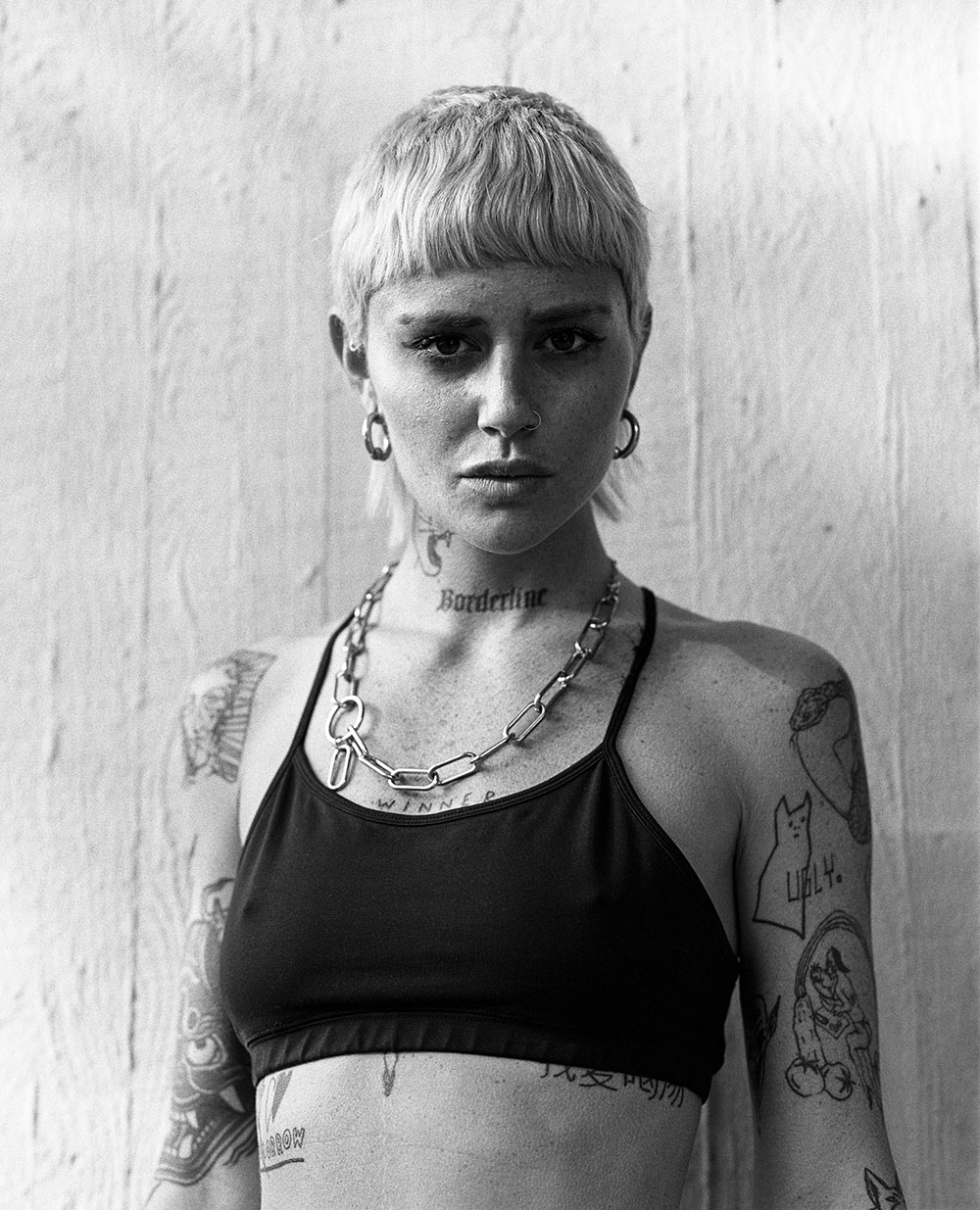
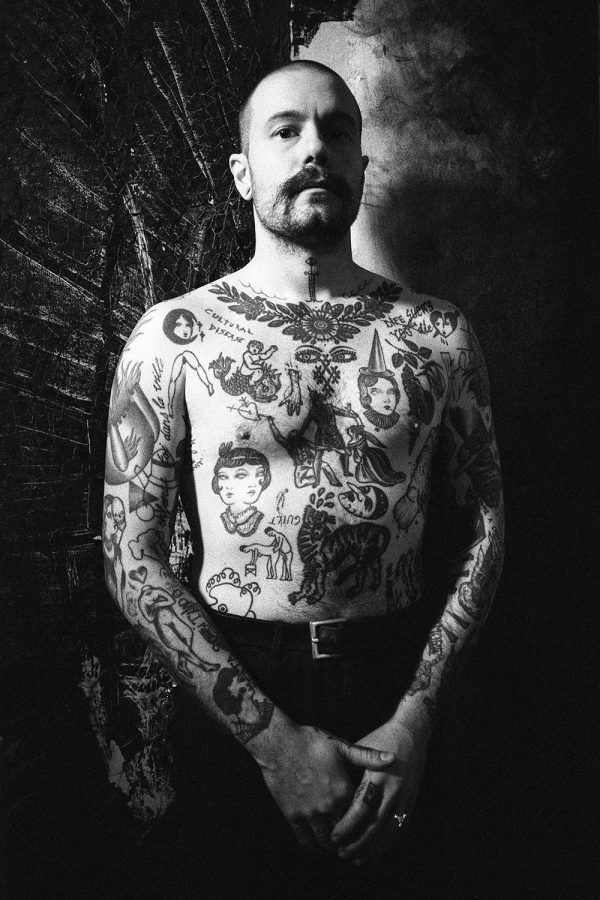
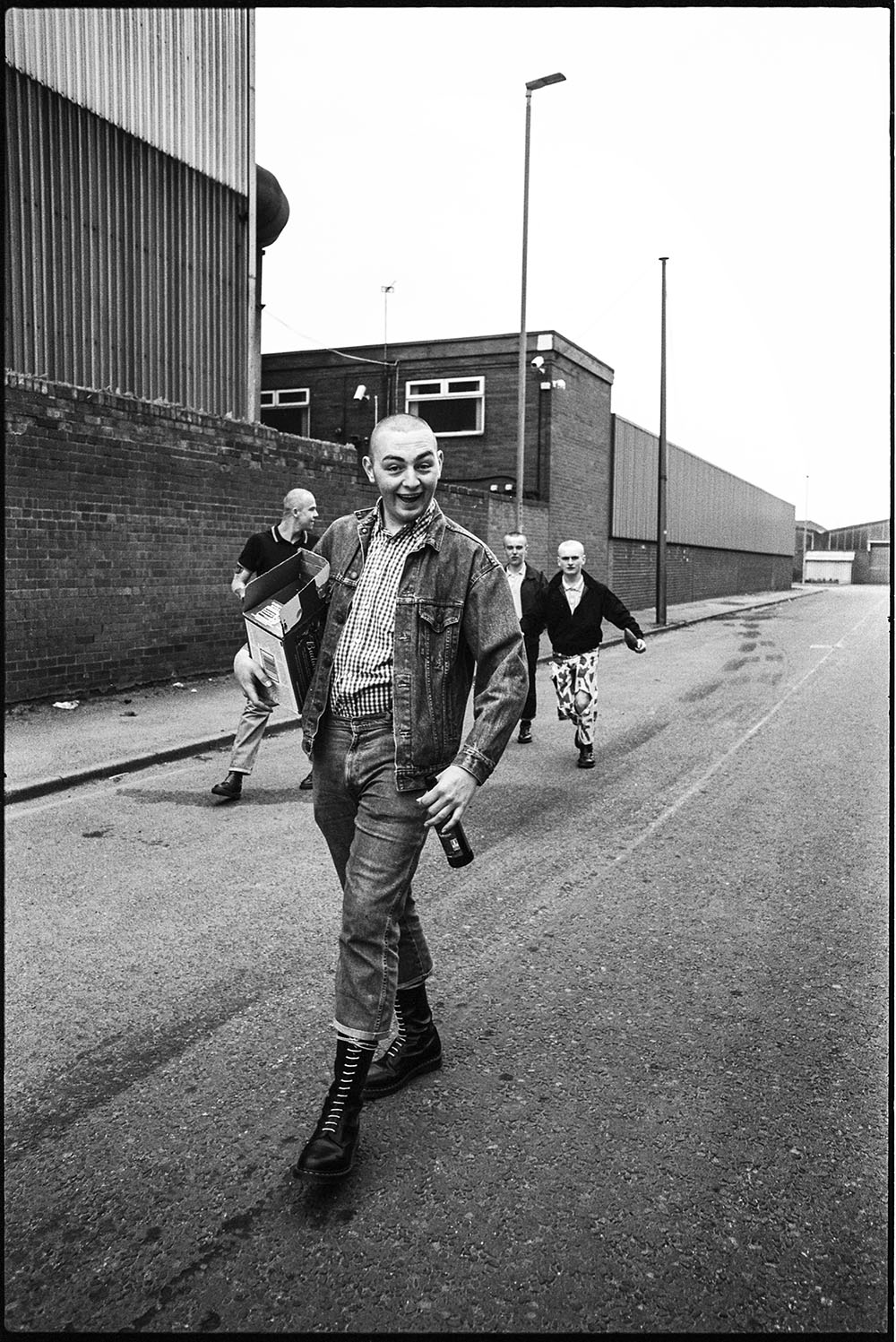
Yeah I do mostly shoot guys, I’m not really sure why. I think it might just be because I’m more comfortable with photographing guys to be honest and it might also possibly be that the subcultures I focus on are more male dominated too. However it’s something that I’m currently working on and trying to balance out by creating more portraits of women.
I think the hardest people to work with are those who haven’t been photographed before because most of the time the people I photograph aren’t models or haven’t had much experience in being photographed so understandably they’re a bit nervous and are probably thinking that I’m going to get them doing all sorts of fancy high fashion poses and stuff. However when they realize that my shoots are really simple and that they’re not required to do all these crazy poses they relax and it becomes a lot easier.
A lot of my hero’s are actually comedians like Noel Fielding, Eddie Izzard, Rowan Atkinson, Rik Mayall and Robin Williams. Humor is a big part of my personality and is something that has been ingrained in me since childhood, my family has a great sense of humor and when I was young, one of the things we would do as a family was watching comedy shows together on a Friday Night.
Watching these comedians taught me how to be performative and how to use humor to create connections with people and break the ice when you’re meeting them for the first time, which is really handy on shoots because the best way to make someone feel relaxed and comfortable is by making them laugh.
I find inspiration pretty much anywhere and everywhere, like books, films and TV shows or having an idea pop into your head when you’re listening to your favorite music. I find exhibitions really inspiring; I love visiting galleries like the National Portrait Gallery and The Photographers Gallery here in London, which never fail to inspire me.
I think social media is a great source of inspiration like Pinterest and Instagram, which makes it so easy to discover different creators. I also watch too much YouTube for my own good haha, but there’s loads of good channels on there that are very inspiring particularly channels like ‘Negative Feedback’ and ‘In Depth Cine’.
A bunch of my favorite creators I find through Instagram like the fashion photographer Louie Banks and Russian Documentary photographers Igor Hapkov and Barabakaa. An artist that I really like is a painter/tattoo artist called Servadio who I luckily got the chance to photograph a couple of times. In Cinema I really enjoy films by the director Taika Waititi, who directed my favorite film ‘Jojo Rabbit, I’m also very fond of Wes Anderson Films as well, I’m looking forward to his new film ‘The French Dispatch’.
Are your models always open for your ideas?
Yeah models are pretty much always open to my ideas, but I do encourage them to also suggest ideas of their own as I see shoots as collaboration and its more enjoyable when you’re working together to create an image.
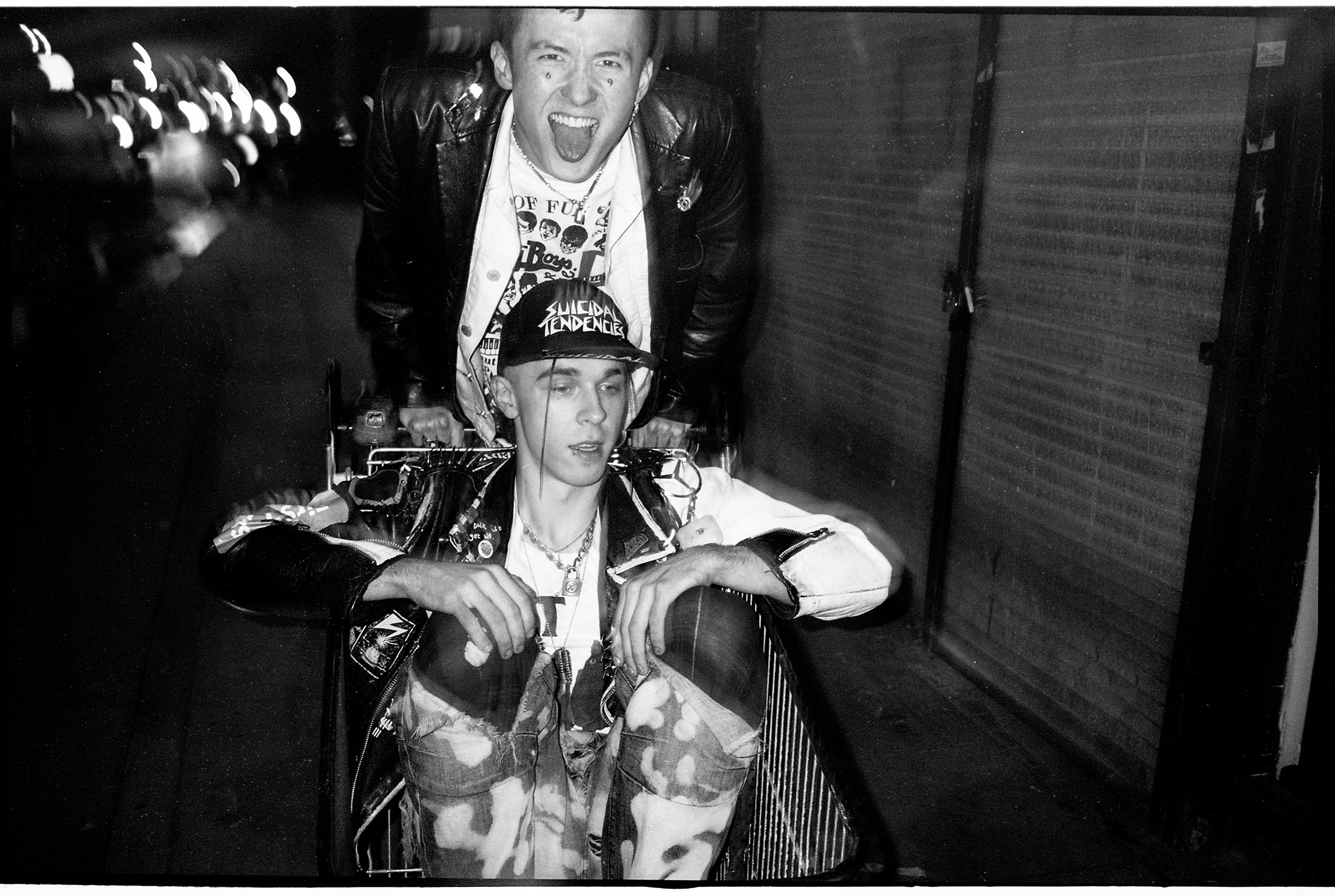

The biggest highlight of my career so far was at the start 2020 when I got my work published for the first time in a physical magazine called ‘Off The Rails’. The way the opportunity came to me was amazing as well, I was on Instagram looking for magazines to submit my work to and I came across Off The Rails. I liked a few of the images on their feed and saw that their submissions were open but I decided not to submit anything as I thought they probably wouldn’t like my work. However around 40 minutes later I got a message from the editor of that magazine saying that he really likes my work and wants it to be in the next issue, which obviously made my day and gave me some hope for the future.
My obsession with black and white photography was started by a French musician called Woodkid who I discovered when I was in college. I quickly fell in love with the music videos from his first album ‘The Golden Age’, which was all shot in black and white. The monochromatic imagery from his videos resonated with me on a deeper level, I liked how stripping an image of colour makes it look like it was from another world as we’re so used to being bombarded colour images everyday.
From the start I’ve also been inspired by classic photographers like David Bailey, Sebastiao Selgado, Irving Penn and Don Mc Cullin who all shot on black and white film. A particular project that captured my imagination was Richard Avedon’s American West series, which I think definitely sparked my interest in seeking out unique and interesting people to photograph.
Black and white, is photography that is striped down to its basic elements as its purely about light, shadow and texture. I do enjoy colour photography and I don’t think its inferior, I just think my brain finds it easier to construct images in black and white, as colour photography is all about colour coordination, which isn’t one of my strongest skills but its something I want to try and work on in the future.
I think my main dream is probably the same as every other creative, which is to make a sustainable living from my work haha, as the industry is very competitive and involves a lot of hard work and constant networking. I would also love to see my work exhibited in a big gallery one day.
I have recently been interested in the idea of doing behind the scenes photography for movies and TV shows, I would love to make portraits of my favorite actors in costume on set. With future projects I want to start photographing subcultures outside the UK particularly in places like Los Angeles, New Zealand, Japan and Korea. I also want to start photographing in Eastern Europe more, especially in Russia where I have a specific project in mind, which I’ll hopefully get to shoot when the pandemic has subsided.
A person who I would like to collaborate with is the model Jazzelle Zanaughitti, also known as Uglyworldwide. Id love to do a series of portraits with her and I’m keeping my fingers crossed that I’ll get the opportunity in the near future.
My top 3 movies: Jojo Rabbit, Spiderman into the spider verse, Scott Pilgrim vs the world
My top 3 photographers: Derek Ridgers, Gavin Watson and Anton Corbjin
My top 3 books: Russian criminal tattoo encyclopedia books, ‘78-87’ By Derek Ridgers and ‘Crooks Like Us’ by Peter Doyle

